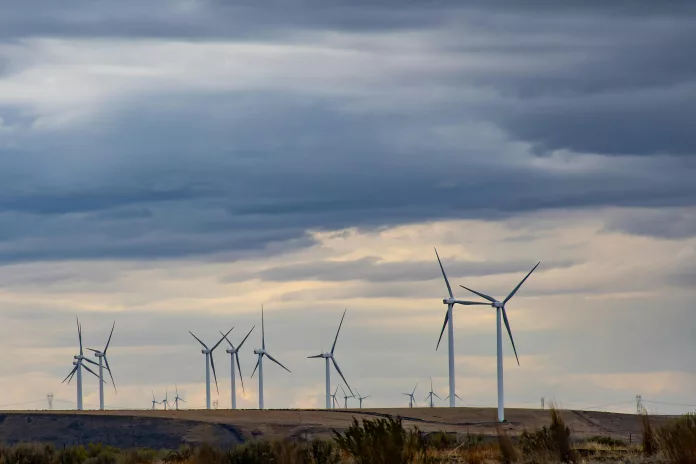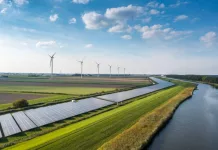The Department of Energy (DOE) in the United States has fulfilled an important congressional requirement by finalizing standards aimed at reducing emissions from federal buildings, both new and those undergoing significant renovations. This stride towards a cleaner environment is not only expected to slash carbon emissions significantly but also foster job creation and financial savings through enhanced energy efficiency.
Building a Sustainable Federal Infrastructure
In a concerted effort to combat climate change and promote sustainability, the U.S. government is making bold moves toward updating its hundreds of thousands of federal buildings. This comes as part of the commitment to meet the ambitious targets set out in President Biden’s Federal Sustainability Plan, which envisions a net-zero emissions scenario for federal buildings by 2045.
Echoing National Energy-Saving Initiatives
“The Biden-Harris Administration is practicing what we preach”, remarked U.S. Secretary of Energy Jennifer M. Granholm. Throughout the nation, cost-efficient energy-saving measures are already benefiting households and businesses alike. It stands to reason that the same principles are now being applied to federal properties, highlighting a key aspect of national leadership in sustainability.
Adding to the chorus of support, White House Council on Environmental Quality Chair Brenda Mallory underscored the importance of the government’s role in creating a more energy-efficient and climate-resilient portfolio of buildings. These measures not only pave the way for a cleaner environment but also promise potent economic benefits, including more jobs and reduced expenses for taxpayers.
Phasing Out Fossil Fuels in Government Buildings
Under the Energy Independence and Security Act of 2007, the DOE’s new regulations require federal agencies to phase out fossil fuels. In the near term, there’s a mandate for a 90% reduction in fossil fuel use in new federal buildings and major renovations starting between 2025 and 2029, with a complete cessation of on-site fossil fuel usage by 2030 for new projects. Over the next three decades, the impact of these standards is substantial: an estimated reduction of 2 million metric tons of carbon emissions and 16 thousand tons of methane. This marks a milestone equivalent to neutralizing emissions from nearly 310,000 homes annually, whilst also diminishing infrastructural expenditures.
Guidance and Support for Achieving Emission Targets
Today’s rule, an integral part of Executive Order 14057 and other initiatives under the Federal Sustainability Plan, zeroes in on eliminating on-site fossil fuel emissions, also known as Scope 1 emissions. To facilitate adherence to these new benchmarks, the DOE’s Federal Energy Management Program (FEMP) will roll out additional guidance and extend support through grants, training, and technical assistance. The aim is to ensure federal agencies stay resolute and equipped on the path to compliance.
Engaging Stakeholders for Sustainable Standards
The rule’s finalization is the product of a comprehensive engagement process, through which the DOE consulted with a diverse group of federal stakeholders. Their insightful feedback was pivotal to crafting a standard that not only addresses current environmental and energy challenges but also encourages the swift deployment of clean energy within the federal building stock. As the new rule phases out on-site fossil-fuel usage for major end-uses such as heating and water heating, it represents a significant leap toward a more sustainable and efficient federal infrastructure.

























